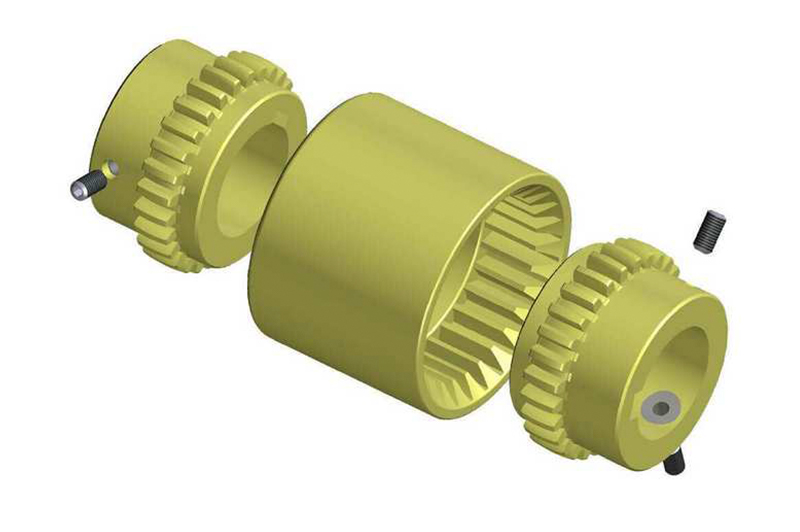After COP26, the urgent need to take action on carbon emissions couldn’t be clearer. As the automotive industry faces increasing pressure to improve performance and reduce weight in the pursuit of net zero emissions, the use of aluminum matrix composites (AMC) new innovative material technology provides engineers with a dynamic and sustainable solution.
The technology is based on the fusion of advanced materials and new manufacturing processes to produce AlXal (pronounced Al-Zal), which is a versatile aluminum composite material that is highly regarded for its excellent mechanical properties and great potential in the automotive field Praise. What Alvante’s development work found is that AlXal is compatible with rotor sleeve applications because it has priority electromagnetic, mechanical properties and thermal conductivity for motors. It offers high strength and stiffness up to 350°C, lower magnet operating temperature and enhanced damage and fatigue resistance compared to carbon composite sleeves. Adding to its appeal is its lightweight capability-more than 50% lighter than steel and 40% lighter than titanium-making this material an attractive guide for OEM motor manufacturers seeking higher efficiency and power density (kW/kg). High-profile proposition.

Rotor sleeve innovation
So, how does this low-loss rotor technology improve the performance of permanent magnet radial flux motors? Surface-mounted permanent magnet motors usually require a magnet retention system, which can include a mechanical rotor sleeve that generates unwanted eddy currents and/or acts as a thermal insulator depending on the material. Alternatively, permanent magnet motors installed inside use slotted steel laminates to fix the magnets, thereby limiting the proximity of the magnets to the stator. This will result in increased losses and increased temperatures, reducing overall efficiency and limiting the power of the motor. In addition, due to the use of carbon fiber composite materials, adhesives, and heat-shrinkable metal sleeves, manufacturing and assembly costs may be high. Typical rotor sleeve materials include stainless steel, titanium, Inconel and carbon fiber composite materials, all of which increase the adverse effect on machine efficiency. Alvant’s core technology can be used to manufacture surface-mounted magnet rotors and internal permanent magnet rotors, minimizing the magnetic bridge elements of the laminate.
Compared with typical metal and carbon composite solutions, all of this equates to potential benefits and savings in key areas. These include a peak power increase of up to 20%, a 60% reduction in rotor loss compared to carbon composite materials at high speeds, and an approximately 50% increase in efficiency compared to stainless steel. It also translates the overall improvement in the efficiency of converting electrical energy into mechanical energy into further benefits, placing engineers and manufacturers at a competitive advantage, such as reducing manufacturing and operating costs.
